Supported by:
Daylight Computer: the healthiest computer
Baked Graphics: amazing 3D video mockups
Framer: the best website builder for designers
ProtoPie: the best hi-fidelity interface prototyping tool
Born in Turkey and educated in the UK, Irmak Nur Sunal Lutkin is currently based in London, serving as Director of Digital Design at Reuters. She looks after a design team that contributes across Reuters News products and services.
Previously she has worked with Atlantic Records, Sony Music, Puma, Adidas, CNN International, The Wall Street Journal, and XOXO Magazine. She cultivated more than 10 years of experience and insights in the design industry across the worlds of branded content, editorial publishing, news, and high-end digital, UX, UI, and print design.
We talked about her journey – from struggling to find internships to being a design director at one of the largest media companies in the world. We spoke about how her work has evolved at a hands-on level, as she progressed from junior to director level, with the the methodologies and know-how that she’s been deploying. For the benefit of our student audience, we talked about how to get hired as a designer, as well as her approach to hiring and team-buildling.
This has been a rare and insightful look inside the head of a senior design leader, bringing value to all of us navigating design careers.
Related Links
Parallax Scrolling on Wikipedia
Sprint by Jake Knapp
Strategy and Tactics in Design on Design Disciplin
The Story of Design Thinking on Design Disciplin







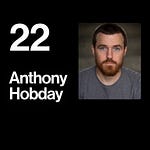

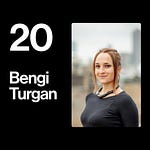
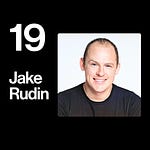
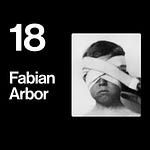
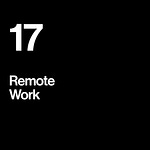
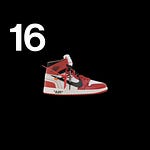
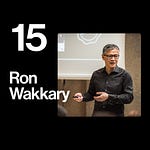
Irmak Nur Sunal Lutkin: Reuters Design Director